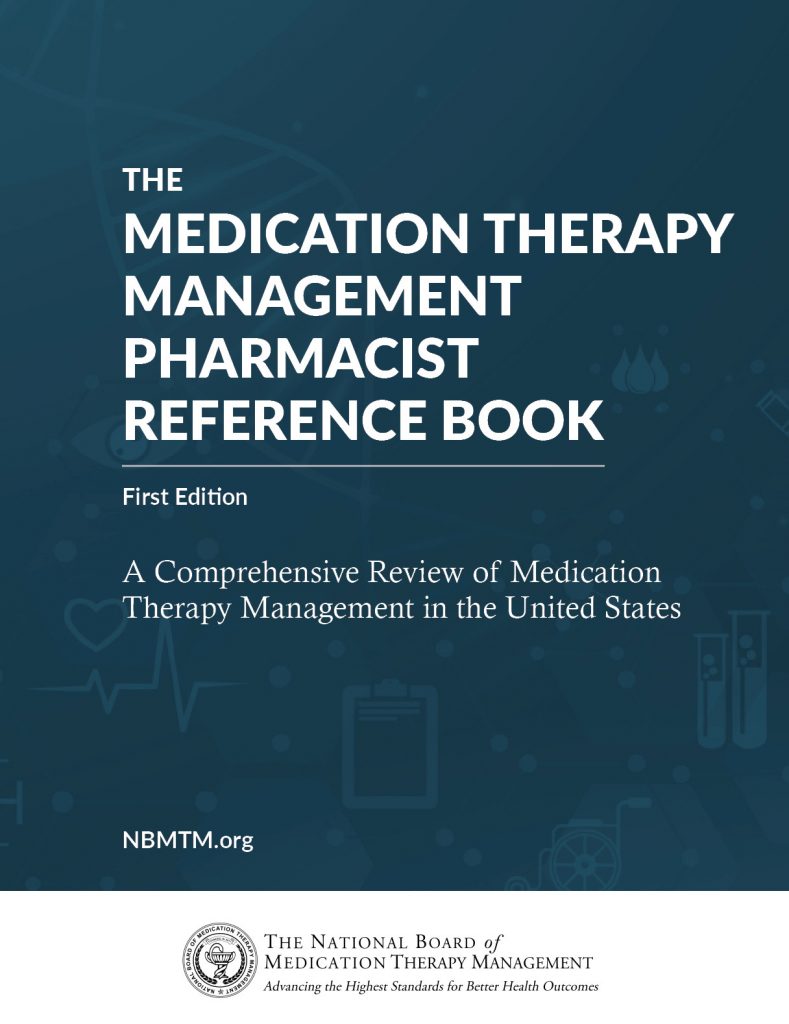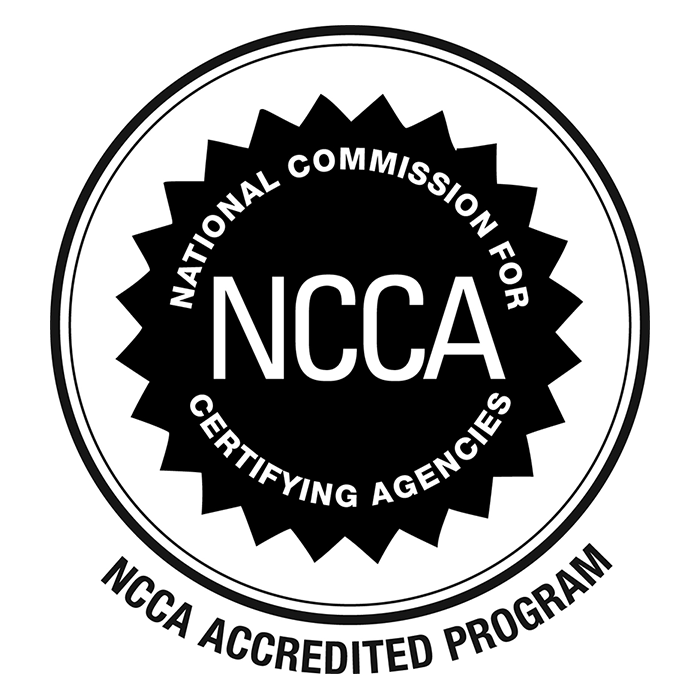
Chapter 4: Patient Care Versus Population Care (Population Health)
Patient care is foundationally defined as the following:1
The services rendered by members of the health profession and non-professionals under their supervision for the benefit of the patient.
This definition is only a snapshot that captures the broad strokes of what members of the healthcare team provide during patient care. The modern definition of patient care is evolving to encompass a more comprehensive understanding as well as to more appropriately define patient care based on who is providing the care, whether it be a pharmacist, physician, nurse, social worker, or other ancillary staff.
Since the above is primarily treatment-focused, a more encompassing definition can be found in the Journal of Patient Care:2
Any interaction between a healthcare professional and healthcare consumer that is focused on healing, curing, or comfort restoration of the consumer.
Therefore, patient care is not just the application of treatment methodologies like prescriptions or surgery, but also includes the diagnostic process, patient education, proper documentation, and follow-up. However, notably missing in this definition is the roles of support staff like informatics professionals, housekeepers, maintenance technicians, and hospitality professionals.
Patient-centered Care
For a truly comprehensive definition of patient care, we must dig further:3,4
Providing care that is respectful of, and responsive to, individual patient preferences, needs and values, and ensuring that patient values guide all clinical decisions.
Patient-centered care has components of familial involvement, access to care, information sharing, and respect for the beliefs, traditions, and goals of the patient. To bring all these pieces into place, a health-system must be comprehensive and ensure that all members of the care team, whether they are involved in direct or indirect patient care, are empowered in the same mission.
Medicine and healthcare in the United States have increasingly embraced a patient-centered care approach in recent years. The philosophy can be found in schools of Medicine, Pharmacy, and Nursing, with practitioners graduating within the last several decades adopting the approach for implementation at their work sites.
Pharmacists’ Patient Care Process
The Joint Commission of Pharmacy Practitioners, a collection of many of the influential pharmacist organizations, adopted the Pharmacists Patient Care Process (PCPP) as the standard for pharmacist patient-centered care. The definition fits well within an MTM model and includes the following five elements:5
- Collect
- Assess
- Plan
- Implement
- Follow-up: Monitor and Evaluate
The five elements lend themselves well as a framework for the MTR portion of MTM as well as CMM. PCPP can be applied to any practice settings where pharmacists are providing care to the patient. It can also be applied to any patient care service that a pharmacist is providing.
Population Care (Population Health)
The most widely accepted definition of population health was put forward in the 2003 article “What is Population Health?”:6
The health outcomes of a group of individuals, including the distribution of such outcomes within the group.
These populations are often geographic regions, such as nations or communities, but they can also be other groups, such as employees, ethnic groups, disabled persons, or prisoners. Such populations are of relevance to policymakers. In addition, many determinants of health, such as medical care systems, the social environment, and the physical environment, have their biological impact on individuals in part at a population level.
In contrast to patient care, population health looks at the health outcomes of a group of patients while seeking to understand the policies and interventions that link outcomes to patterns of health determinants.6 The target group of population health studies may vary by setting and institution, and may not be confined to a healthcare setting. Examples of population health services or interventions may include the following:
- A physician at a private medical practice establishes a program to send letters to diabetic patients with A1C >9% that remind them to schedule six-month follow-up appointments.
- A group of nurses in a health system is leveraged to reach out to known smoking patients via telephone and offer smoking cessation services.
- A large employer offers free gym memberships and incentives for weight loss.
- A healthplan audits the prescription fill history of their members and uses a team of pharmacists to call patients with 20 or more prescriptions to offer polypharmacy management services.
- A group of outpatient clinics hires a team of nurses and case managers to call patients that have experienced a recent hospitalization to schedule transitional care appointments.
- A chain of retail pharmacies generates a list of patients that received an influenza vaccination list year, and a team member makes reminders calls to get their yearly vaccination at the next flu season.
- Dorland. (2018). Dorland’s illustrated medical dictionary. Elsevier Saunders.
[↩] - Yorke, D. (2017). Patient care: what is it? Journal of Patient Care, 02(02). https://doi.org/10.4172/2573-4598.1000e101
[↩] - Institute of Medicine. (2001). Crossing the Quality Chasm: A New Health System for the 21st Century. http://www.nationalacademies.org/hmd/~/media/Files/Report%20Files/2001/Crossing-the-Quality-Chasm/Quality%20Chasm%202001%20%20report%20brief.pdf
[↩] - What Is Patient-Centered Care? (2017). NEJM Catalyst, 3(1). https://doi.org/10.1056/CAT.17.0559
[↩] - Joint Commission of Pharmacy Practitioners. (2014). Pharmacists’ Patient Care Process. https://jcpp.net/wp-content/uploads/2016/03/PatientCareProcess-with-supporting-organizations.pdf
[↩] - Larrick Chavez-Valdez, A. (2019). CY 2020 Medication Therapy Management Program Guidance and Submission Instructions. Centers for Medicare and Medicaid. https://www.cms.gov/Medicare/Prescription-Drug-Coverage/PrescriptionDrugCovContra/Downloads/Memo-Contract-Year-2020-Medication-Therapy-Management-MTM-Program-Submission-v-041019-.pdf
[↩] [↩]



